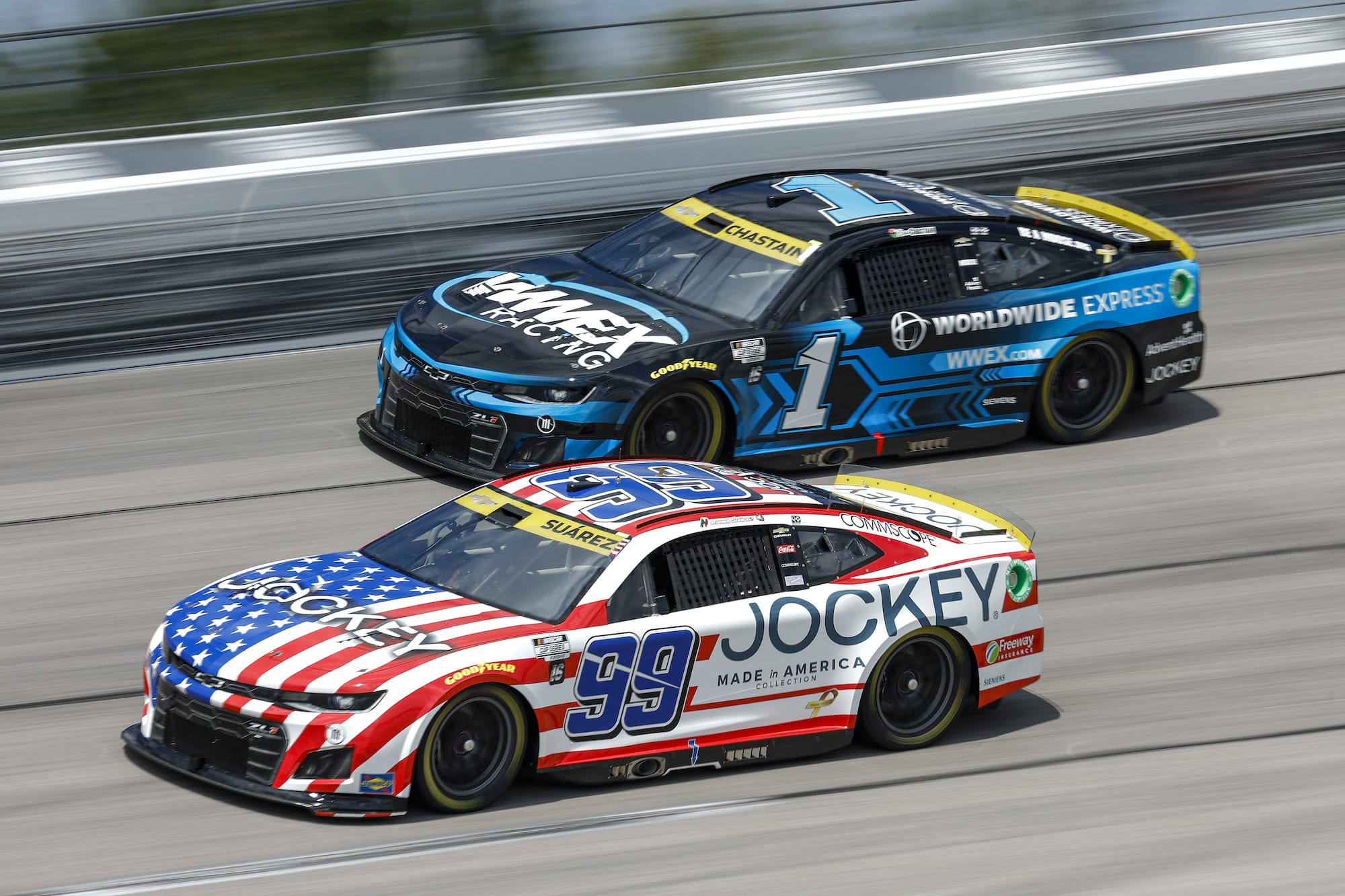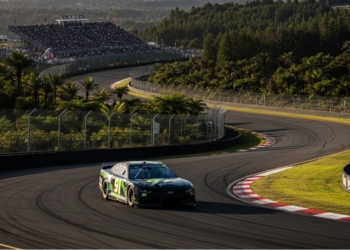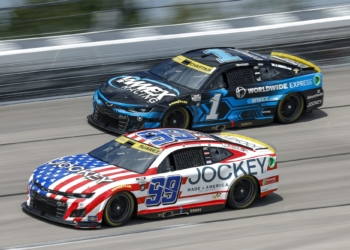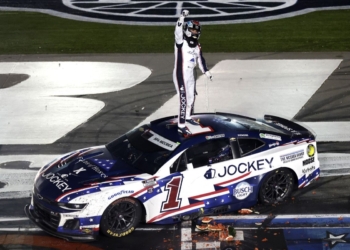The 2025 NASCAR Cup Series season comes to a close. A select group of drivers has distinguished themselves through race results and through consistency, adaptability and competitiveness across all track types.
These aren’t rising stars in the traditional sense. They’re already contenders. But based on their performance this year, 2026 may be the season they truly define their legacies.
A broader view on momentum and fan engagement
Several of the standout drivers from 2025 gained momentum at key tracks like Daytona and Talladega, venues known for unpredictability and shakeups. As fans look ahead to how these storylines might unfold in 2026, exploring the easiest way on how to bet on NASCAR can also offer valuable insight into how driver performance is interpreted and forecasted across the season.
From futures bets on the Cup Series to head-to-head matchups and stage winners, betting markets often parallel how analysts and oddsmakers assess driver consistency, track history, and momentum.
Understanding how a driver like William Byron is priced across different types of wagers for pole position, fastest lap, or top 3 finish can reveal patterns of trust and performance that go beyond what the standings show. These perspectives, when viewed through a strategic lens, help fans better appreciate the form and reliability of the top contenders heading into the next season.
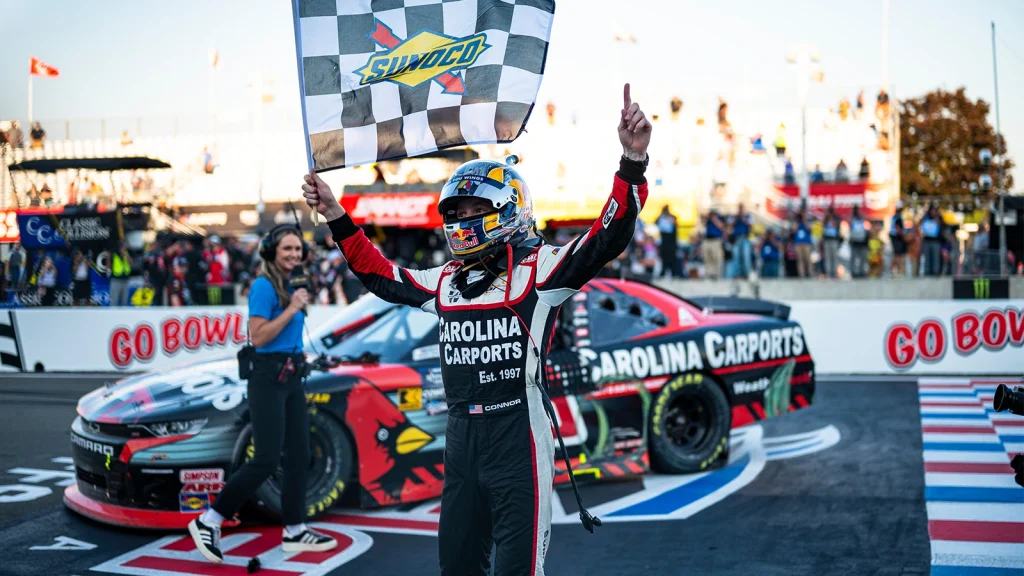
William Byron leads the new wave
William Byron enters the 2026 season as one of the most complete drivers in the field. He captured the 2025 regular-season championship, earned multiple poles, and stayed competitive at both short tracks and superspeedways.
While he didn’t lead the Cup Series in total wins, his ability to finish consistently in the top five and top ten separated him from the field. Byron’s performance was especially impressive in the playoffs, where he showed mental toughness under pressure and delivered in critical moments. If he continues to build on this foundation, Byron may establish himself as the driver to beat next year.
Denny Hamlin still a threat
Denny Hamlin remains one of the sport’s most dangerous competitors. Despite being a veteran in the series, Hamlin’s performance in 2025 reminded fans that he still belongs among the elite.
Hamlin consistently raced at the front of the pack and remains one of the best drivers in terms of managing long-run pace and strategy. His experience gives him an edge, particularly in chaotic or late-race situations where instinct and calm matter most. If his team can maintain reliability and execution, Hamlin is more than capable of chasing another deep playoff run in 2026.
Kyle Larson and Christopher Bell: Pure talent and precision
Kyle Larson and Christopher Bell have proven to be two of the most technically gifted drivers in the series. Larson remains one of the few drivers capable of winning on any type of track, whether it’s a dirt surface, a road course, or a mile-and-a-half oval. His fearlessness and high racing IQ keep him competitive, even when his car isn’t the fastest. Bell, on the other hand, has been NASCAR’s quiet workhorse.
His 2025 campaign was marked by consistent finishes and calm execution under pressure. Both drivers ended the year near the top in wins and top ten finishes, setting them up as legitimate title threats in 2026.
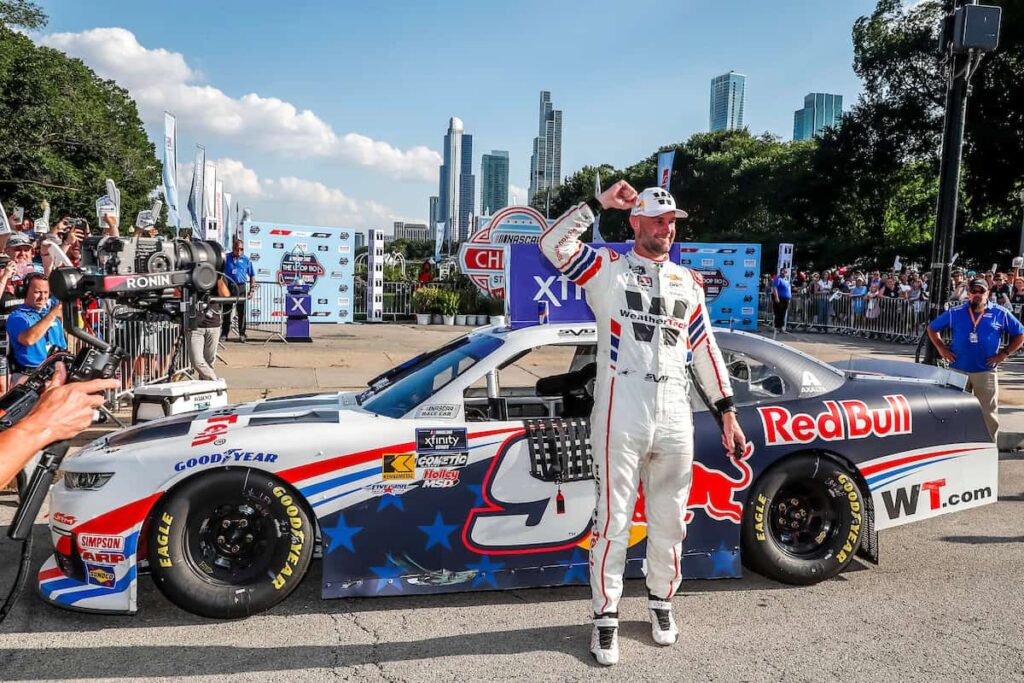
Shane van Gisbergen’s adaptation continues
One of the more intriguing storylines of the 2025 season was the continued development of Shane van Gisbergen. Known initially for his success in road course racing, van Gisbergen proved in 2025 that he’s more than a niche driver.
The Kiwi has won multiple road course events and improved significantly on ovals. His ability to adapt quickly to the Cup Series format, along with his aggressiveness in traffic, has made him one of the most talked-about talents heading into next season.
What could shape the 2026 season
With so much talent concentrated among this group, the difference in 2026 may come down to external variables. Crew chief changes, manufacturer developments, and new regulation adjustments could tilt the competitive balance.
Track-specific performance may also influence outcomes, especially with the continued growth of road course and hybrid-track events. Drivers with a complete toolkit, like Byron, Bell, and Larson, may have the upper hand in adapting quickly to format shifts.

